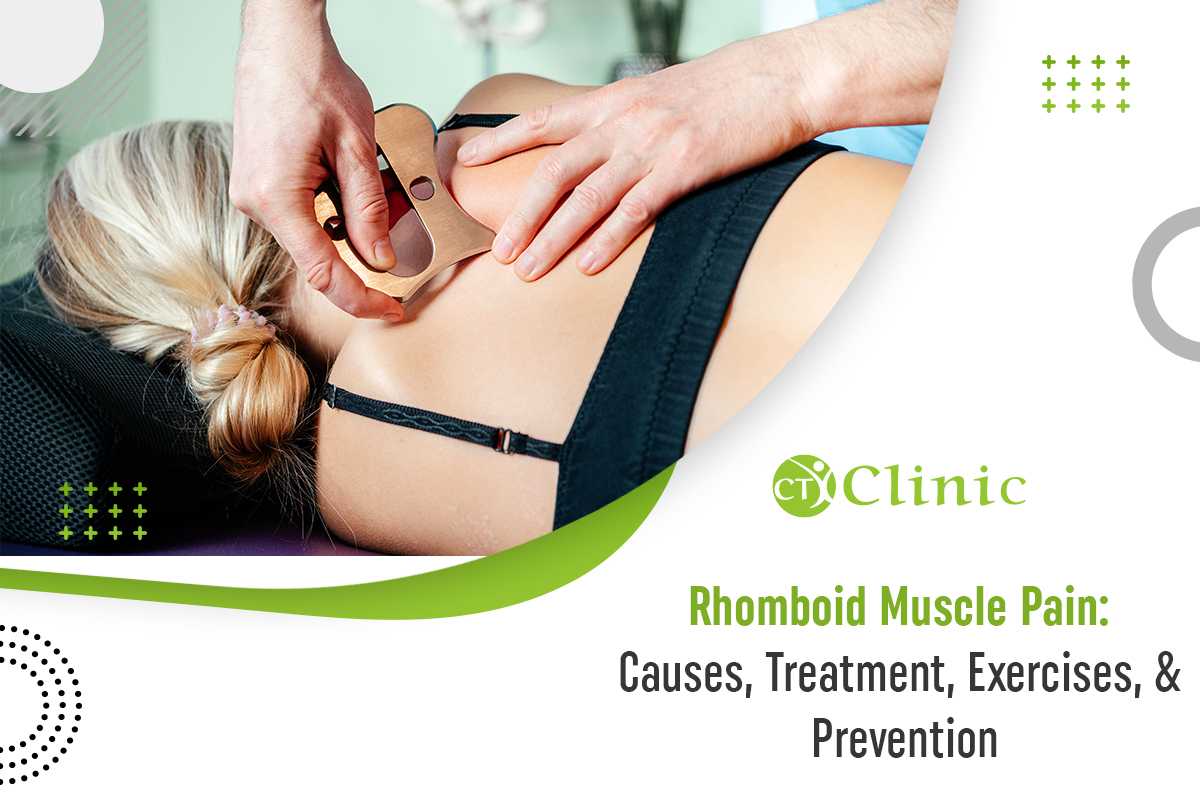What is Rhomboid Muscle Pain? 5 Types of Exercises to Relieve Rhomboid Muscle Pain
Are you facing a constant grumbling discomfort in-between your shoulder blades or spine?
Regardless of how many exercises you do or use a foaming roll , it still stays the same?
The pain in between the shoulder blades is often known as rhomboid muscle pain.
In this blog, We will help you understand the rhomboid muscle, a few secrets to fix the rhomboid pain and how to prevent it from getting severe.
What is the Rhomboid Muscle?
Rhomboid muscle is a complex and large set of muscles that is located at the upper back. These muscles are made up of the minor and major rhomboid.+
Along with other muscles, it helps in forming the shoulder girdle and keeps the shoulder blade stable.
Role of the rhomboid muscle is:
To tighten and stabilize your shoulder blades,
To rotate and uplift the shoulder blades,
It helps in moving the arm all around,
And it helps you pull and throw any object.
A healthy rhomboid muscle helps in connecting the shoulder blades to the spine and ribcage. It helps us maintain and hold our postures.
When the rhomboid muscle feels any stress, the neck area between both the shoulders gets impacted. It can even induce pain at the mid upper back or exactly in between the shoulder blades.
What Causes Rhomboid Muscle Pain?
Putting a lot of pressure or stress on the rhomboid muscle can impactfully lead to severe pain in the arms and shoulders.
Let us look at the main and basic causes of pain in the Rhomboid muscle:
Causes of pain in the Rhomboid muscle
- Any sport like golf, basketball, and tennis, can induce pain in the shoulder blades.
- Any activity that requires you to stretch your arm for a long time, or carry hefty bags.
- Incorrect or poor body posture.
- Injury that is caused by overstretching or sleeping on one side.
- Slouching on your work desk.
- Overtraining your muscles.
- Keeping yourself Dehydrated.
How is Rhomboid Muscle Pain Treated?
If your concern is in that case that is not much severe, then you can treat it at your home as well.
As soon as you comprehend that you have an injury in the rhomboid muscle, you must restrict yourself from stressing the arm. The duration you restrict yourself, you are giving your muscles some time to heal.
Even if after taking utmost care straight for 1 week, you see no results then you must surely consider trying Physiotherapy Manchester. A professional chronic pain specialist will help you regain your mobility and strength.
To facilitate rhomboid muscle discomfort, you can surely consider the below self care measures:
- You can purchase a pain reliever like ibuprofen (Advil, Motrin), acetaminophen (Tylenol), or naproxen (Aleve). (Note: All medications need to be prescribed by your doctor.)
- Set a cold pack underneath your upper back every 1 to 2 hours. And while doing so, you have to hold the position for at least 12 to 15 minutes at a time.
- Cold therapy works the best as it lessens the inflammation and numbness.
- Just in case your muscle continues to be stiff and lead to muscle spasms, then you can also consider a moist heating pad and repeat the same.
5 exercises and stretches to relieve pain
There are various stretches and exercises you can consider to facilitate your rhomboid muscle discomfort. Below we will be discussing some stretches that can aid you prevent and recover the discomfort.
A quick note: ensure that you are capable of doing the stretches without any more strain. Do not push yourself harder than your capability.
1. Shoulder blade squeeze
- Stand or sit by keeping your arms close to your body.
- Pull your shoulder back & squeeze both the arms together.
- Gently hold the position for 3 to 5 seconds.
- Relax & repeat the same for next 5 rounds.
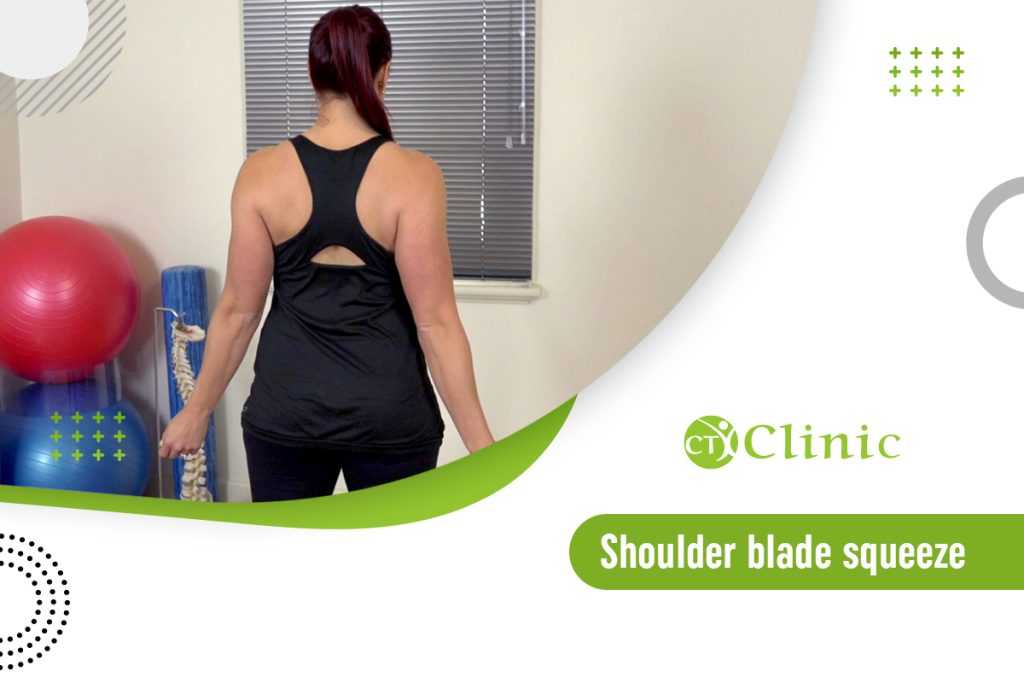
2. Rhomboid stretch
- Gently stack your arms with your left hand over the right hand.
- Stretch your arms in front of you and try to reach your straight legs to feel the stretch
- Hold it for 15 to 20 seconds.
- Repeat the same with your right hand over the left.
- Relax and repeat the same for the next 5 rounds.
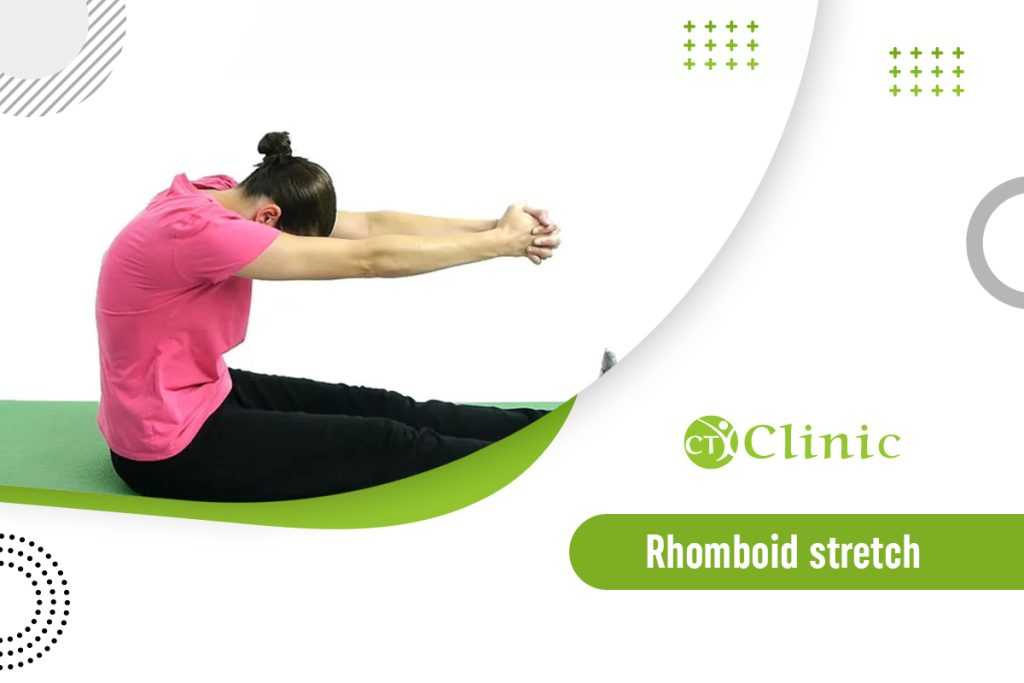
3. Side arm stretch
- Stand straight on the mat or floor.
- Gently fetch your right arm across your body.
- Flex your left arm with your palm facing upside & enable your right arm to relax in the crease of your elbow.
- Hold it for 15 to 20 seconds.
- Repeat the same with your left arm and complete the round.
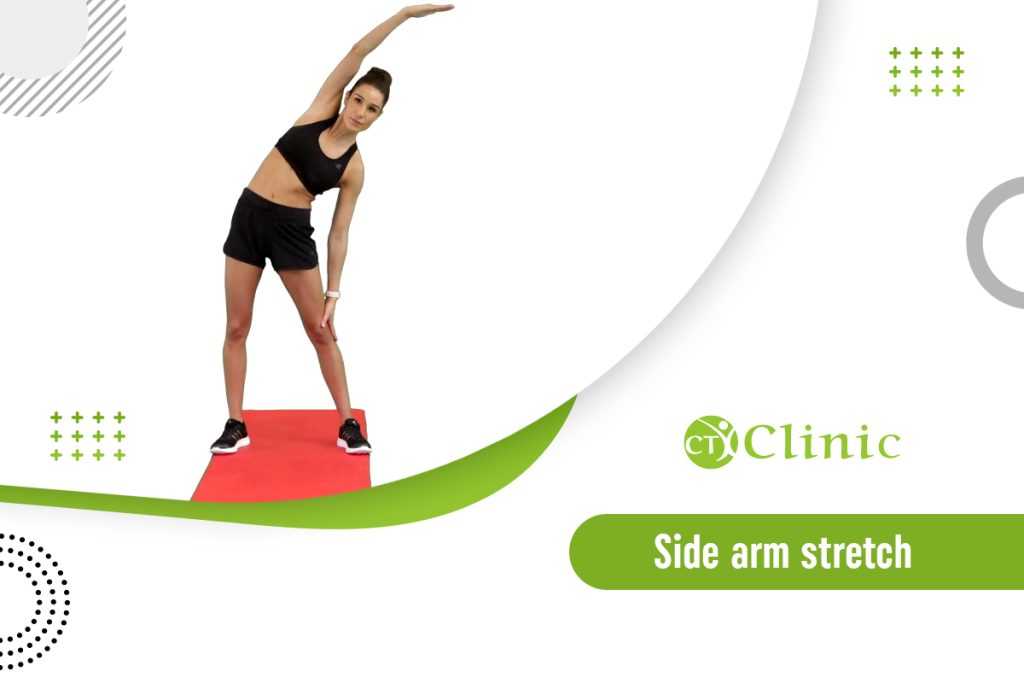
4. Neck rotations
- Stand or sit in a comfortable position by keeping your head, neck, and spine straight.
- Exhale slowly and gently rotate your head to the left side.
- Bend carefully on one side without straining much.
- Hold it for 15 to 20 seconds.
- Repeat the entire set by rotating your head from the right side and do 3 sets of the same.
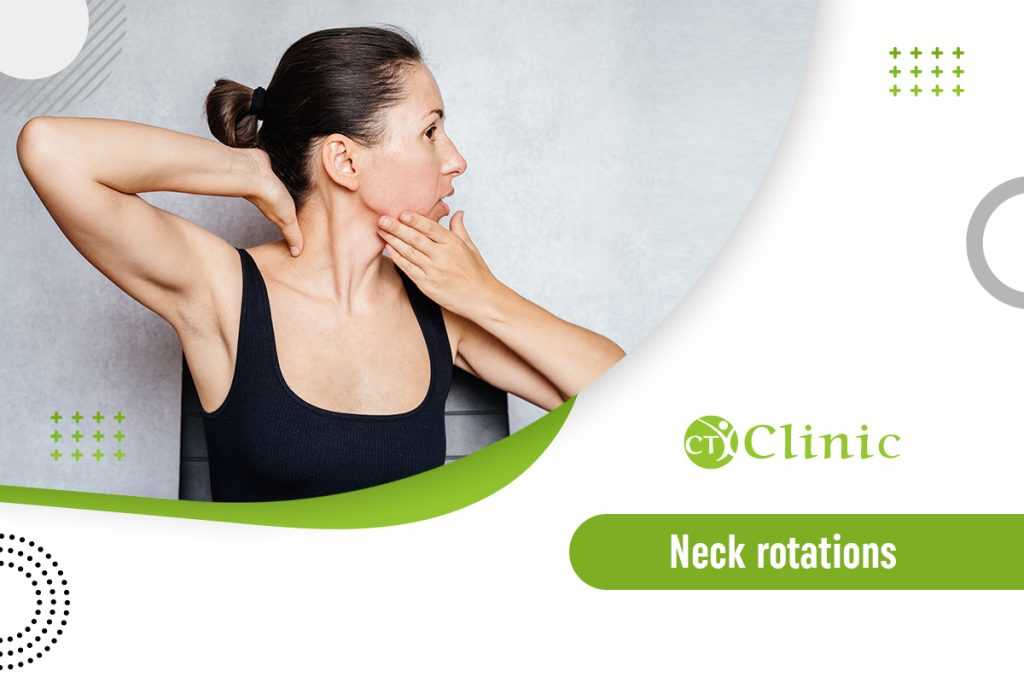
5. Cow Face Pose
- Sit down on a mat in a comfortable position.
- Try to extend your right arm towards the ceiling.
- Gently bend your right elbow & try to bring your arm towards your back.
- Pull your left elbow gently with the help of your right hand.
- If you are not able to reach your hand then you can take help of a rope or towel to reach.
- Hold it for 15 to 20 seconds.
- Repeat the same with your left arm to complete the round.
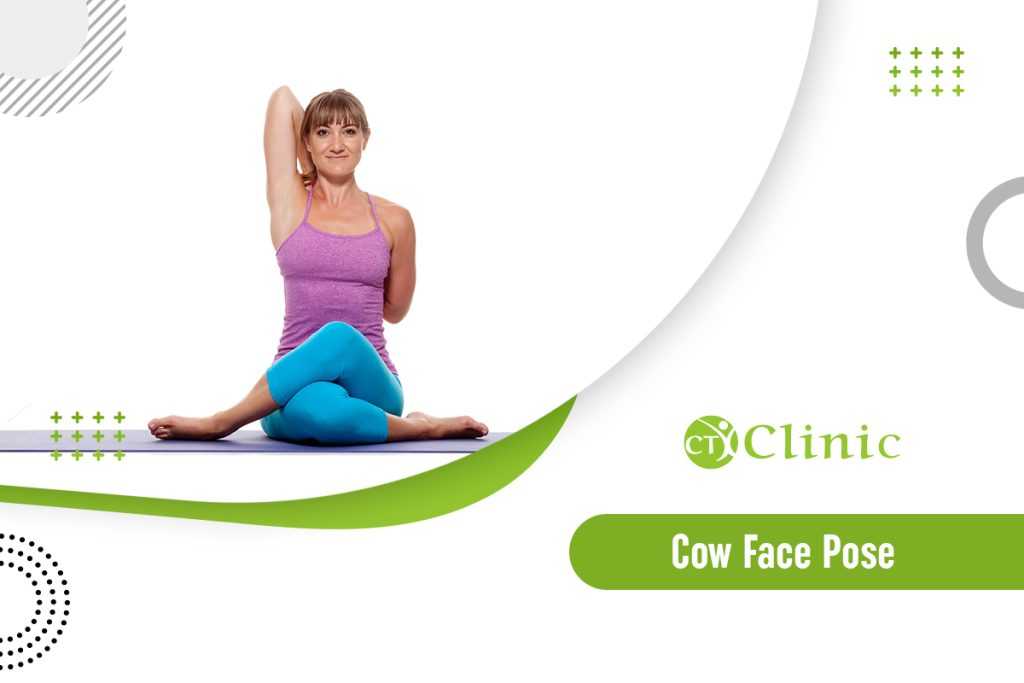
Key Takeaways for preventing rhomboid muscle pain:
Along with all these stretches, there are a few measures that can help you prevent rhomboid muscle pain for future.
Here are a few of the many guidelines and tips:
- Don’t forget to warm up before playing any sport or doing any workout. Also consider stretching and cooling down after the activity.
- Take necessary breaks from any activity to avoid any soreness or tiredness.
- Try to avoid lifting hefty objects.
- Try to maintain a healthy weight.
- Stretch regularly.
- Try to sit, stand, and walk in a good posture.
- Consider using appropriate protective equipment for sports or workouts.
Conclusion:
Rhomboid strains take time to heal and demand appropriate rest. It depends on how mild or severe your injury is. It can take days or even months for the sprain to heal.
At the CT clinic, we have worked hard to build a system that treats most of the complicated cases of chronic muscle pain. That system is named as, COPA (Chiropractic treatment, Osteopathy, Physiotherapy and Acupuncture) therapy. This technique is the ultimate solution to chronic pain. COPA is quite effective in breaking down muscle stiffness.
If you are experiencing the severe pain of rhomboid muscle pain even after resting and taking measures, then this is an indication of consulting a physiotherapist near me.
Our expert team of professionals will help you lessen the intense pain.
For the best assistance, reach out to us and book an appointment now!
Call us at (+44) 0161 4597 034.

